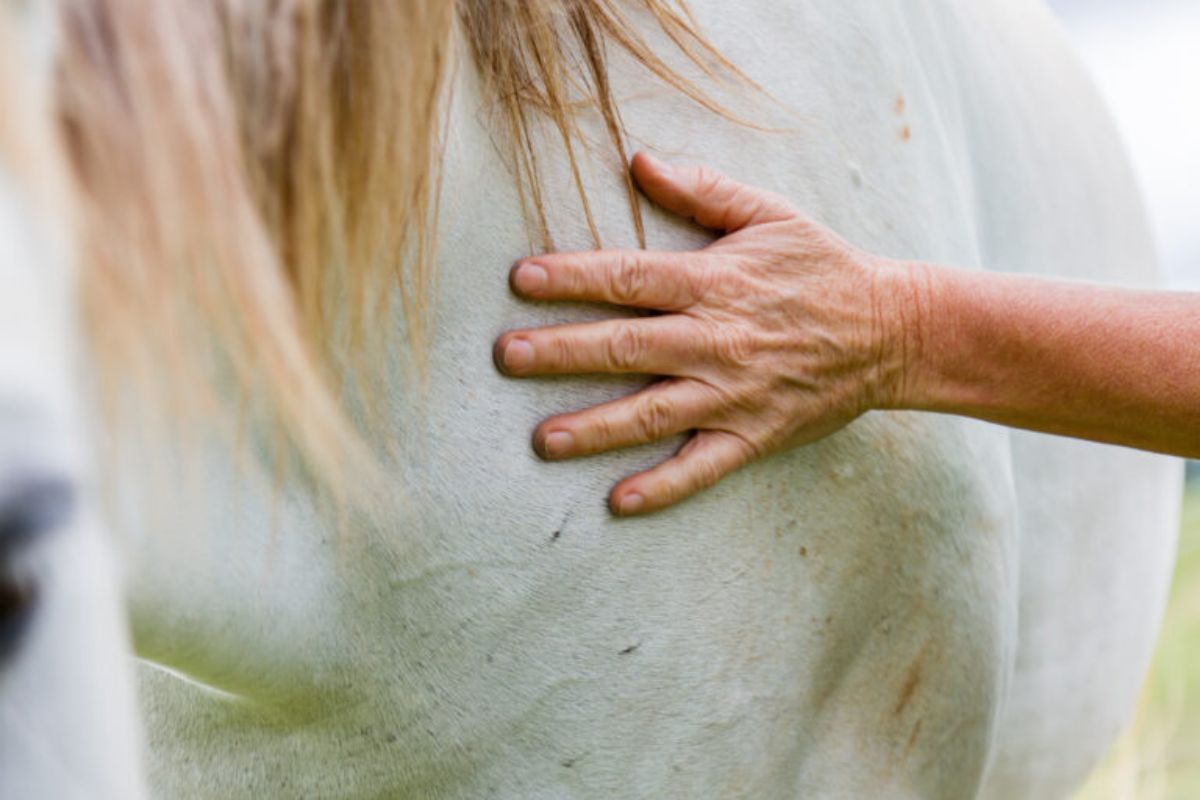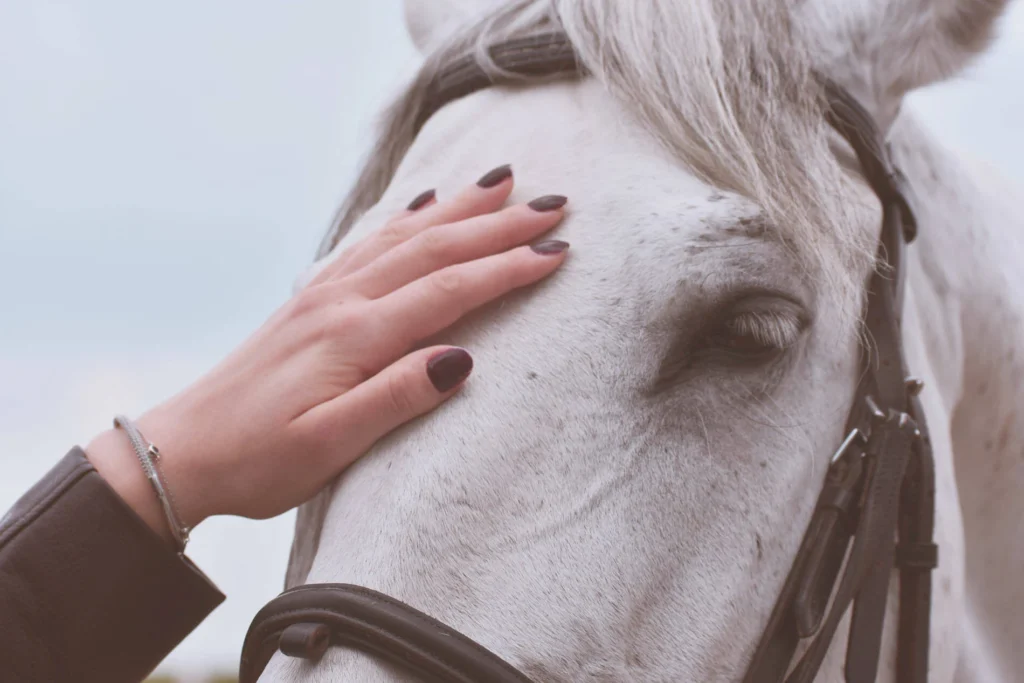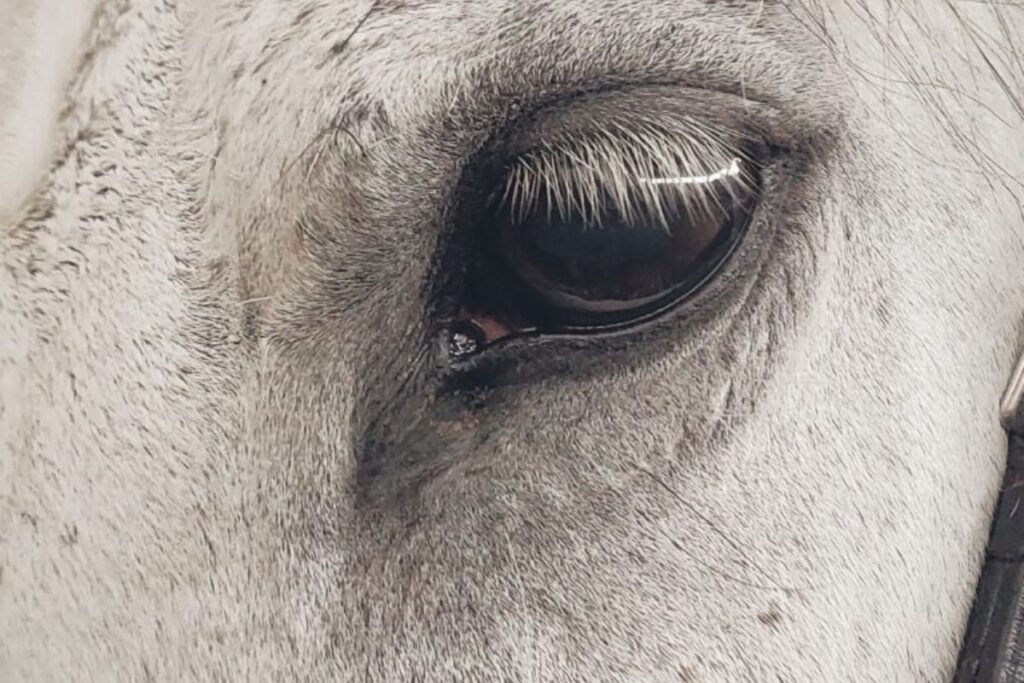Menu

There is a vast amount of alternative therapies for horses. But when can each be used, and what are the individual treatments good for? Here we give you a rundown on some of them. However, it is important to point out that there are far more forms of treatment than those mentioned here. And that there is a big difference in how well horses respond to them. It is necessary to let a trained professional with knowledge of the horse`s anatomy, physiology and pathology (knowledge of diseases) asses which form of treatment is suited the best to the problem your horse is facing.
You may also like to read: Does your horse have an irritated skin?
What? In chiropractic treatment, the therapist uses only the hands. The purpose of this kind of treatment is to restore the normal function of the joints. The treatment is based on the assumption that displacements or locks between the vertebrae are the cause of several disorders in the horse. These can be cured by pushing the vertebrae into place with special grips with the hands. You must be a trained veterinarian to be a horse chiropractor.
When? Chiropractic can be used for both acute and chronic problems. If the horse has problems moving a joint, it will be perceived as locked or contradictory under the rider. The horse`s behavior is naturally due to pain, which is most often due to inflammation in the area in question. This in turn affects the nerves and soft tissue in the surrounding areas.
What? Osteopathy is a holistic form of treatment based on traditional health science disciplines, such as anatomy, neurology, physiology, biomechanics, embryology and pathology. The philosophy behind osteopathy is that when the body is corrected mechanically, the body`s own self-healing mechanisms will come into effect.
Osteopathy focuses on the entire body of the horse. Therefore, it deals with muscles, joints, nerves and connective tissue. Where a chiropractor focuses on the place where the symptom appears, the osteopath works his way forward to finally be able to determine the cause of the horse`s problem.
When? The basic idea of osteopathy is to help the horse`s body to help itself. Since it works with the entire body, the treatment area on the horse is much wider than is the case with chiropractic treatment.

What? The form of treatment craniosacral therapy is also called CTS. It is very gentle - the techniques are used with a pressure of only approx. 5 grams. Work is done with gentle pressure and stretching that can relieve everything from stress, tension in muscles, skeletal imbalances, nervousness, unexplained pain patterns, hormonal challenges and headaches to digestive and well-being problems.
When? Because craniosacral therapy is a gentle form of therapy, it is suitable for all types of horses. It is good for particularly sensitive horses, where other forms of therapy may be too disruptive. Or for horses with severe pain, precisely because of the gentleness of the techniques. This kind of therapy can be used anywhere on the body, and is particularly good for relaxing the nervous system, but generally works holistically with relaxation and restoration of balance in the body.
You may also like to read: Equine therapist Line Østerhagen believes in equal quality treatment for people and horses
What? Treatment with acupuncture is done using thin and flexible needles, which are inserted through the skin in certain places on the horse's body, which are connected to its meridian pathways. The meridian trajectories reach different organs around areas of the horse's body. By stimulating the points, endorphins are released,
which have a pain-relieving and muscle-relaxing effect in the areas that the meridian orbit touches. This kind of treatment can be followed up by, for example, chiropractic, because then the muscles are completely relaxed and it also makes it treatment more comfortable for the horse. In addition, acupuncture can only be performed by veterinarians.
When? Acupuncture is especially good for horses with back problems or with problems in the neck, knees and hocks. In addition, the needle therapy can also be used for some skin disorders, hoof disorders and behavioral problems. However, it is the veterinarian's assessment of whether the horse being examined may benefit from being treated with acupuncture.
What? Acupressure is intended to work like acupuncture, but without the use of needles. Instead, the therapist uses his hands to press, stroke, and make circular motions on selected points on the horse's body that are connected to its meridian paths. Some believe that the form of treatment is not as effective as acupuncture, while others are of a different experience.
When? Just as with acupuncture, acupressure is intended to help with physical as well as mental disorders in the horse. This can include back problems, gastrointestinal problems, hormonal imbalances, respiratory problems, muscle tension and various mental challenges.

What? Homeopathy is a form of treatment in which extracts of natural substances - most often from plants, roots and the like - are used in very small doses to set in motion the self-healing function of the horse´s body. Prior to the selection of which remedy the horse should be given, a review of the horse's disease history and personality takes place. The method of treatment should only be practiced by someone who is trained in it.
What? Healing is known as a very spiritual form of treatment. The goal is to try to understand the horse, either by placing a hand on it or through the power of thought or visualization. The treatment takes place by the therapist transferring so-called energies from the outside to the horse.
Whatever therapy you choose for your horse, it is often necessary to make certain requirements from a professional who will perform the work. Feel free to do a little research on the education of the person. Moreover, you shouldn`t feel embarrassed about asking the person about their background and specialities. There are several different educations within the alternative forms of treatment, and there is a great variety in content, duration and certification.
Bettina Stecher – Integrated Equine Bodywork: Massage
Dyrlægevagten: Kiropraktik
Dyrlæge Heidi Nielsen: Kranio-Sakralterapi og akupunktur til hest
Dyrlæge Rikke Schultz: Homøpati
Dyrlægevagten: Akupunktur
Evidensia: Kiropraktik på heste
Hest i Balance: Osteopati
Hestespecialisten: Akupressur & Shiatsumassage.
Jystrup Hestepraksis: Akupunktur
Odense Osteopati: Hyppigt stillede spørgsmål til osteopaten
Sundhedsguiden: Healing
Pernille Rosengaard: Hestehealing